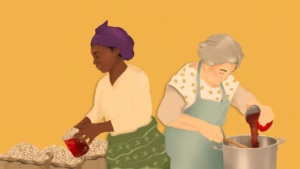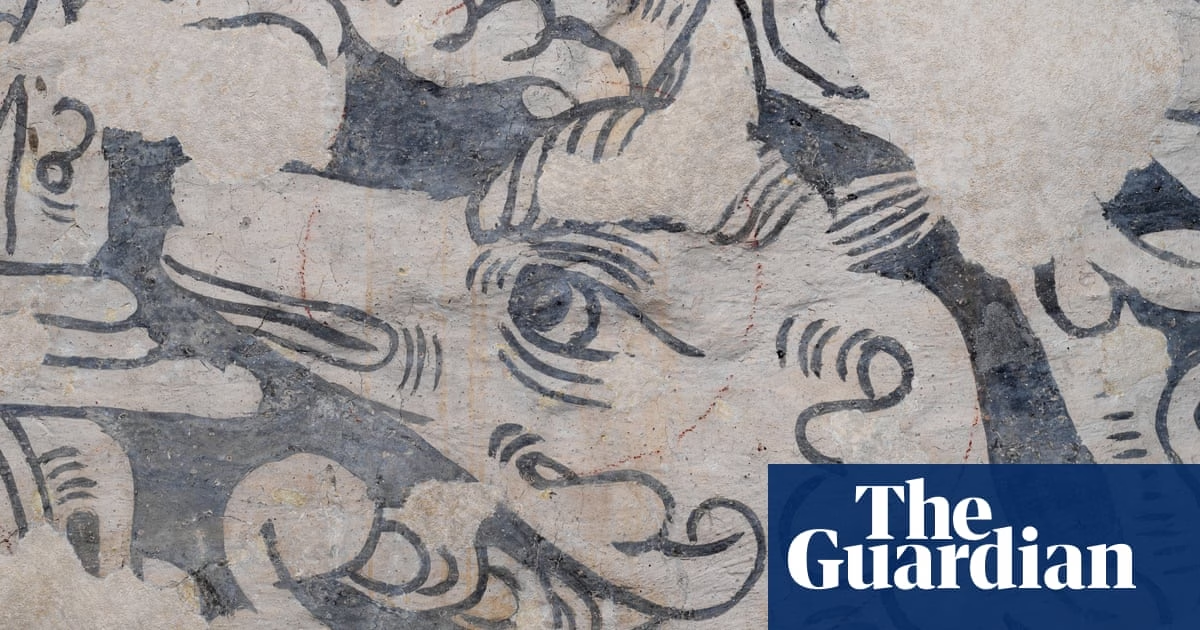Rare and fantastical wall paintings from the 16th century have been uncovered in a former hunting lodge in Inglewood Forest, Cumbria. These black and white artworks provide a glimpse into the interior design preferences of affluent Tudors and are believed to date back to the reign of Elizabeth I.
Historic England has labeled these wall paintings as remarkable and has called for additional heritage protection. The style of the paintings is described by a contemporary writer as an “unnatural or unorderly composition” depicting men, beasts, birds, fishes, flowers, and more, lacking coherence or reason.
Dendrochronological dating has determined that the roof of the earliest portion of the house was constructed using timber felled around the winter of 1561-62. This dating confirms that the wall paintings could not have been created before that time.
Andrea Kirkham, a specialist conservator, expressed her excitement about unearthing these hidden works of art, which offer tangible evidence of the house’s 16th-century inhabitants. Kirkham described the paintings as featuring odd and grotesque beasts, as well amazing and fantastic foliage, all executed in a freehand style.
Myra Tolan-Smith, an adviser at Historic England, commented that the combination of motifs discovered is unusual even by national standards. The wall paintings provide significant insight into how a Tudor hunting lodge evolved into a functioning farm.
Richard and Jen Arkell, the owners of the property, discovered a small fragment of wall painting when they purchased the property more than 20 years ago. Removing the failing plaster to reveal these remarkable motifs and faces has proven to be a memorable experience. Their local MP, Markus Campbell-Savours, asserted that these paintings, now included in the building’s Grade II* listing, are a remarkable discovery that will allow the local population to appreciate their historical and cultural significance for many years to come.
Kirkham also noted that while Tudor wall paintings can be found in old buildings across England, they are less common in the north. The wall paintings in Cumbria, in particular, are considered an unusual survival. They serve as social history, offering valuable information about people’s tastes, attitudes, ideologies, and design preferences during that era.
Source: https://www.theguardian.com/uk-news/2025/apr/04/rare-wall-paintings-found-in-cumbria-show-tastes-of-well-off-tudors








